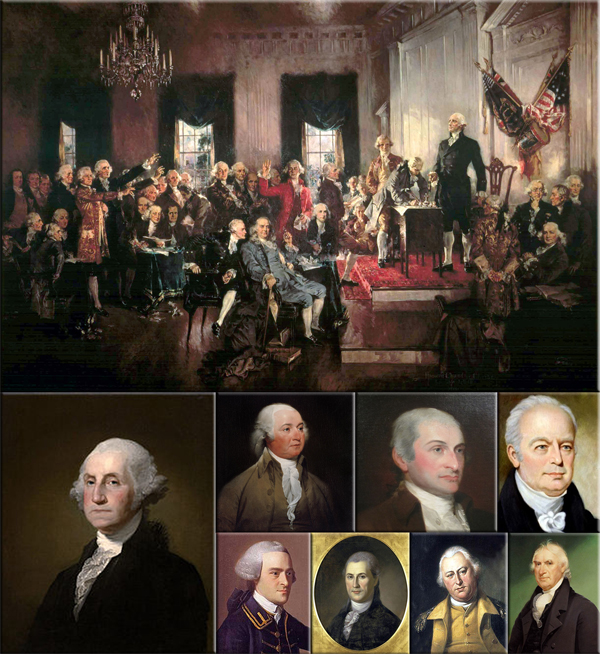
First U.S. presidential election on January 07, 1789
First U.S. presidential election: On this day in 1789, America’s first presidential election is held. Voters cast ballots to choose state electors; only white men who owned property were allowed to vote. As expected, George Washington won the election and was sworn into office on April 30, 1789.
As it did in 1789, the United States still uses the Electoral College system, established by the U.S. Constitution, which today gives all American citizens over the age of 18 the right to vote for electors, who in turn vote for the president. The president and vice president are the only elected federal officials chosen by the Electoral College instead of by direct popular vote.
Today political parties usually nominate their slate of electors at their state conventions or by a vote of the party’s central state committee, with party loyalists often being picked for the job. Members of the U.S. Congress, though, can’t be electors. Each state is allowed to choose as many electors as it has senators and representatives in Congress. The District of Columbia has 3 electors. During a presidential election year, on Election Day (the first Tuesday after the first Monday in November), the electors from the party that gets the most popular votes are elected in a winner-take-all-system, with the exception of Maine and Nebraska, which allocate electors proportionally. In order to win the presidency, a candidate needs a majority of 270 electoral votes out of a possible 538.
On the first Monday after the second Wednesday in December of a presidential election year, each state’s electors meet, usually in their state capitol, and simultaneously cast their ballots nationwide. This is largely ceremonial: Because electors nearly always vote with their party, presidential elections are essentially decided on Election Day. Although electors aren’t constitutionally mandated to vote for the winner of the popular vote in their state, it is demanded by tradition and required by law in 26 states and the District of Columbia (in some states, violating this rule is punishable by $1,000 fine). Historically, over 99 percent of all electors have cast their ballots in line with the voters. On January 6, as a formality, the electoral votes are counted before Congress and on January 20, the commander in chief is sworn into office.
Critics of the Electoral College argue that the winner-take-all system makes it possible for a candidate to be elected president even if he gets fewer popular votes than his opponent. This happened in the elections of 1876, 1888 and 2000. However, supporters contend that if the Electoral College were done away with, heavily populated states such as California and Texas might decide every election and issues important to voters in smaller states would be ignored.
History Channel / Wikipedia / Encyclopedia Britannica / Library of Congress / Mount Vernon.org
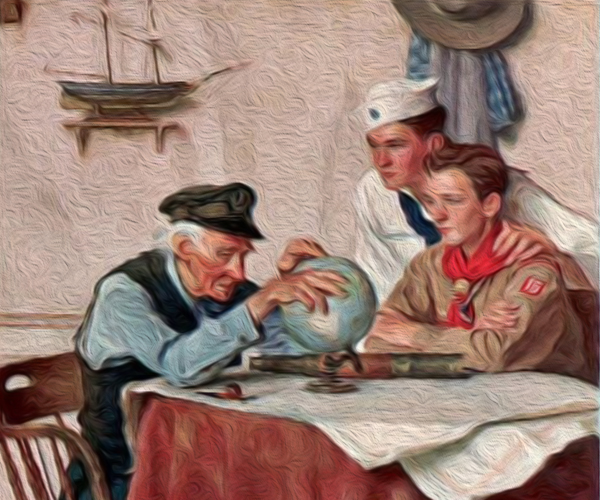
Understanding Military Terminology - Military Sealift Command
(DOD) A major command of the United States Navy reporting to Commander Fleet Forces Command, and the United States Transportation Command's component command responsible for designated common-user sealift transportation services to deploy, employ, sustain, and redeploy United States forces on a global basis. Also called MSC. See also transportation component command. Joint Publications 4-01.2 (Joint Electronic Library, Logistics, Series 4-0 Publications)
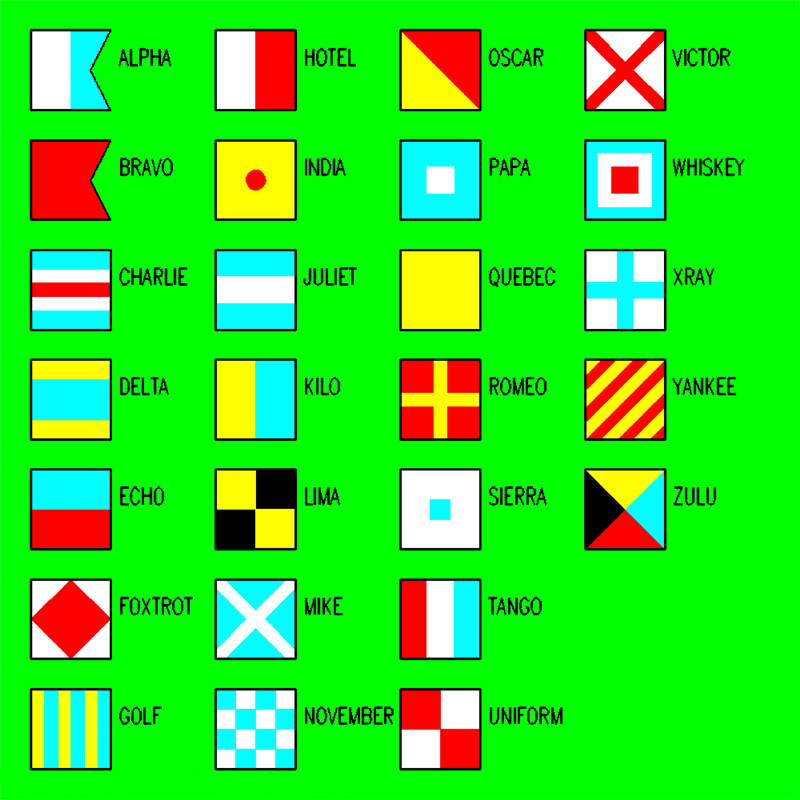
The Old Salt’s Corner
The NATO Phonetic Alphabet - (Basic)
A - Alpha Tango
B - Bravo
C - Charlie
D - Delta
E - Echo
F - Foxtrot
G - Golf
H - Hotel
I - India
J - Juliett
K - Kilo
L - Lima
M - Mike
N - November
O - Oscar
P - Papa
Q - Quebec
R - Romeo
T - Tango
U - Uniform
V - Victor
W - Whiskey
X - X-ray or Xray
Y - Yankee
Z - Zulu

“I’m Just Sayin”
“If Barbie is so popular, why do you have to buy her friends?”

“Thought for the Day”
“Anger and intolerance are the twin enemies of correct understanding.”
~ Mahatma Gandhi

“What I Have Learned”
“If you want the rainbow, you have to put up with the rain.”
~ Dolly Parton

Bizarre News (we couldn’t make up stuff this good – real news story)
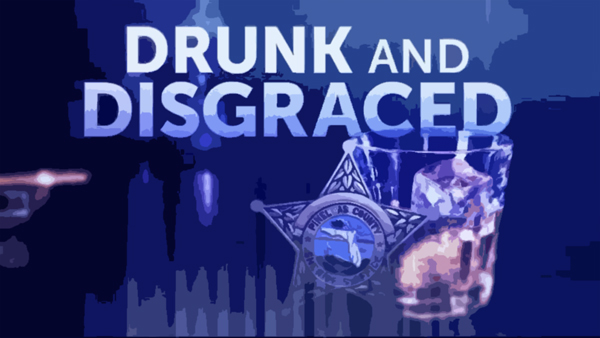
Deputy sheriff Michael Szeliga of St. Petersburg, Fla., in Fort Lauderdale for a weekend training session in July, was to receive a commendation at the formal banquet, for exemplary DUI enforcement, presented by Mothers Against Drunk Driving. (This is News of the Weird; you’ve already guessed the outcome.)
He, escorted by two fellow deputies, arrived for dinner “staggeringly drunk” (though he did not drive), according to an Internal Affairs investigation, and he was ordered to go sleep it off.
(Szeliga wrote an apology and was transferred out of DUI work. Sheriff Bob Gualtieri said Szeliga was a good deputy but that the incident was “one of the most ridiculous things” he’d ever heard of.) 
WFLA Tampa, Florida (09/22/2015)
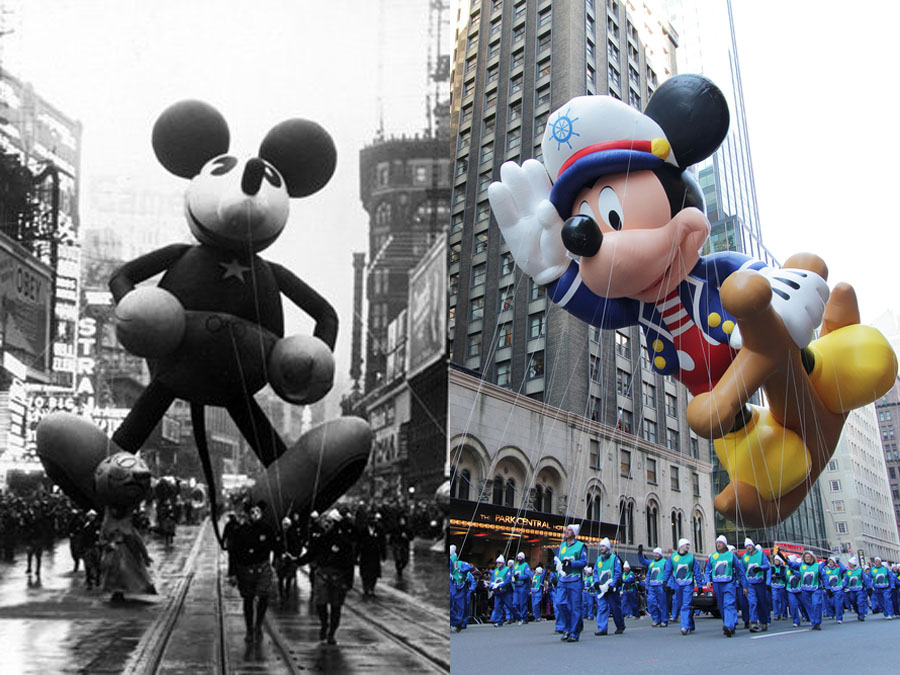
Mr. Answer Man Please Tell Us: How Are Balloons Chosen for the Macy's Thanksgiving Day Parade?
The balloons for this year's Macy’s Thanksgiving Day Parade ranged from the classics like Snoopy (his 38th parade) to more modern characters who have debuted in the past few years, including The Elf OnThe Shelf. New to the parade this year was one of the Angry Birds (Red) and Scrat from Ice Age (chasing an acorn that's the size of 15 million standard acorns). Returning to the parade route were Ronald McDonald with a fresh new look and Sinclair Oil's Dino, a balloonified, life-sized Apatosaurus, which hasn't appeared in the parade for four decades. (This year marks Sinclair Oil's centennial.)
Balloon characters are chosen in different ways. For example, Macy’s requested B. Boy in 2011 after parade organizers saw the Tim Burton retrospective at the Museum of Modern Art. (The company had been adding a series of art balloons to the parade lineup since 2005, which they called the “Blue Sky Gallery,” but that program has since ended.) When it comes to commercial balloons, though, it appears to be all about the Benjamins.
Caffeine, however, is a stealthy impersonator. It’s the same size and shape as adenosine, and when you sip your morning joe, your adenosine receptors can’t tell the difference. Specifically, caffeine attaches to the A1 receptor. With caffeine docked at the receptor, a lot of your body’s adenosine molecules can’t enter. It creates a traffic jam of sorts. With all that adenosine blocked, the caffeine keeps you from getting tired.
First-time balloons cost at least $190,000—this covers admission into the parade and the cost of balloon construction. After the initial year, companies can expect to pay Macy’s about $90,000 to get a character on the parade route. If you consider that the balloons are out for only an hour or so, that’s about $1500 a minute. Those figures are also from several years ago, so no doubt the cost of balloons has seen some inflation since then.
Business Insider
• Macy's (social)
• Mental Floss
• Wikipedia
• Wired

Where Did That Saying Come From?
“Willy-nilly:”
This phrase is believed to be derived from the old words will-ye, nill-ye (or will-he, nill- he) meaning whether you want to or not (or whether he wants to or not). Phrases.org UK

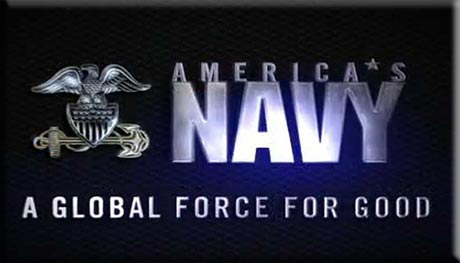
NAVSPEAK aka U.S. Navy Slang
NFO: Naval Flight Officer - flies alongside the pilot as weapons officer.
NIA: Navy-Issue Ass. Refers to the unusually wide posteriors that Navy females tend to have or will develop during their tour.
No-F**k, Vagina: Pejorative term for Norfolk, Virginia; often refers to the city itself instead of the base. For the base, see “Black Hole”.
Non-skid: A rough epoxy coating used for grip on weather decks. Not to be used as a “Slip n' Slide”.
• Nonskid Wax: A fictitious substance used for waxing non-skid decks. Usually something junior Sailors are sent looking for.
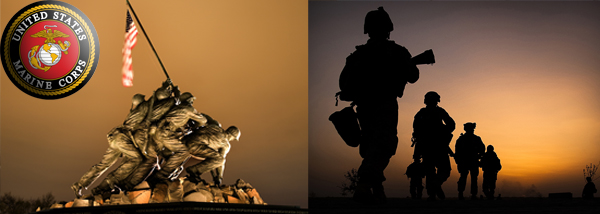
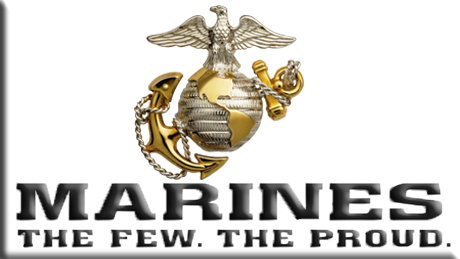
Just for you MARINE
Havelock: The civilian community outside the main gate of MCAS Cherry Point, NC. Also a cloth hanging from the back of a cap or hat to protect the neck (a la the French Foreign Legion). Once part of the U.S. Navy uniform hat it now exists only on the female dress hat in a much smaller form.
HE: High Explosive.
Head: Latrine or toilet, from the naval term. In the sailing navy the forecastle (pronounced folk-sill) was the most forward deck open to the weather and was the place sailors were allowed to gather to relax and entertain each other. One corner of the forecastle, with a wide scupper, was where sailors went to the bathroom. As the forecastle was in the front or “head” of the ship, a sailor on the way to relieve himself would declare that he was on the way to the head.
Head Shed: Often Hed Shed. Headquarters or Command Post where all of the leaders are gathered. A great place for a Marine to stay away from.
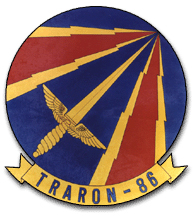
Naval Aviation Squadron Nicknames
VT-86 - Training Squadron 86: “Sabrehawks”
NAS Pensacola, Florida
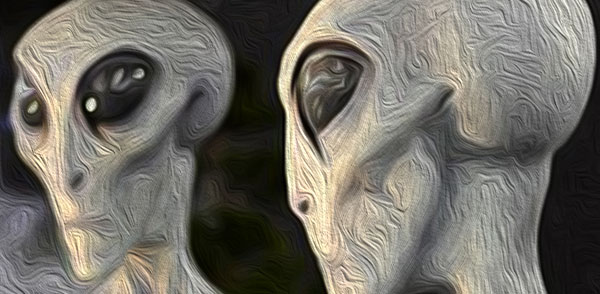
The Strange, Mysterious or Downright Weird
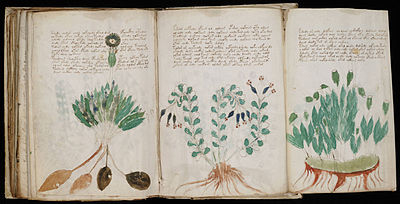
The Voynich manuscript is an illustrated codex hand-written in an unknown writing system. The vellum on which it is written has been carbon-dated to the early 15th century (1404–1438), and may have been composed in Northern Italy during the Italian Renaissance. The manuscript is named after Wilfrid Voynich, a Polish book dealer who purchased it in 1912.
Some of the pages are missing, but about 240 remain. The text is written from left to right, and most of the pages have illustrations or diagrams.
The Voynich manuscript has been studied by many professional and amateur cryptographers, including American and British codebreakers from both World War I and World War II. No one has yet succeeded in deciphering the text, and it has become a famous case in the history of cryptography. The mystery of the meaning and origin of the manuscript has excited the popular imagination, making the manuscript the subject of novels and speculation. None of the many hypotheses proposed over the last hundred years has yet been independently verified.
The Voynich manuscript was donated by Hans P. Kraus to Yale University's Beinecke Rare Book and Manuscript Library in 1969, where it is catalogued under call number MS 408.
The manuscript measures 9.3 by 6.4 by 2.0 in, with hundreds of vellum pages collected into eighteen quires. The total number of pages is around 240, but the exact number depends on how the manuscript's unusual foldouts are counted. The quires have been numbered from 1 to 20 in various locations, with numerals consistent with the 1400s, and the top right hand corner of each recto (right hand) page has been numbered from 1 to 116, with numerals of a later date. From the various numbering gaps in the quires and pages, it seems likely that in the past the manuscript had at least 272 pages in 20 quires, some of which were already missing when Wilfrid Voynich acquired the manuscript in 1912. There is strong evidence that many of the book's bifolios were reordered at various points in its history, and that the original page order may well have been quite different from what it is today.
The binding and covers are not original to the book, but date to during its possession by the Collegio Romano.
Every page in the manuscript contains text, mostly in an unknown script, but some have extraneous writing in Latin script. Many pages contain substantial drawings or charts which are colored with paint. Based on modern analysis, it has been determined that a quill pen and iron gall ink were used for the text and figure outlines; the colored paint was applied (somewhat crudely) to the figures, possibly at a later date.
Wikipedia
• Geophilosophical Association of Anthropological and Cultural Studies (AGEAC.org)


SONG FACTS
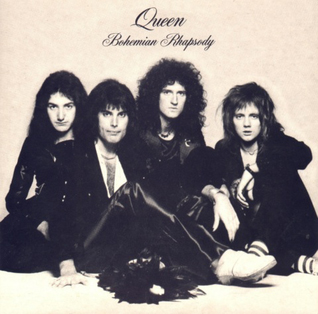
“Bohemian Rhapsody” - Queen
Album: A Night At The Opera
Released 1975  (Farewell Concert - Extended Edition)
(Farewell Concert - Extended Edition)
Freddie Mercury wrote the lyrics, and there has been a lot of speculation as to their meaning. Many of the words appear in the Qu'ran. “Bismillah” is one of these and it literally means “In the name of Allah”. The word “Scaramouch” means “A stock character that appears as a boastful coward”. “Beelzebub” is one of the many names given to The Devil.
Mercury's parents were deeply involved in Zoroastrianism, and these Arabic words do have a meaning in that religion. His family grew up in Zanzibar, but was forced out by government upheaval in 1964 and they moved to England. Some of the lyrics could be about leaving his homeland behind. Guitarist Brian May seemed to suggest this when he said in an interview about the song: “Freddie was a very complex person: flippant and funny on the surface, but he concealed insecurities and problems in squaring up his life with his childhood. He never explained the lyrics, but I think he put a lot of himself into that song.”
More...
Queen official site / Rock & Roll Hall of Fame / Rolling Stone / Billboard / Song Facts / Wikipedia
Image: “Bohemian Rhapsody (album)” by Queen
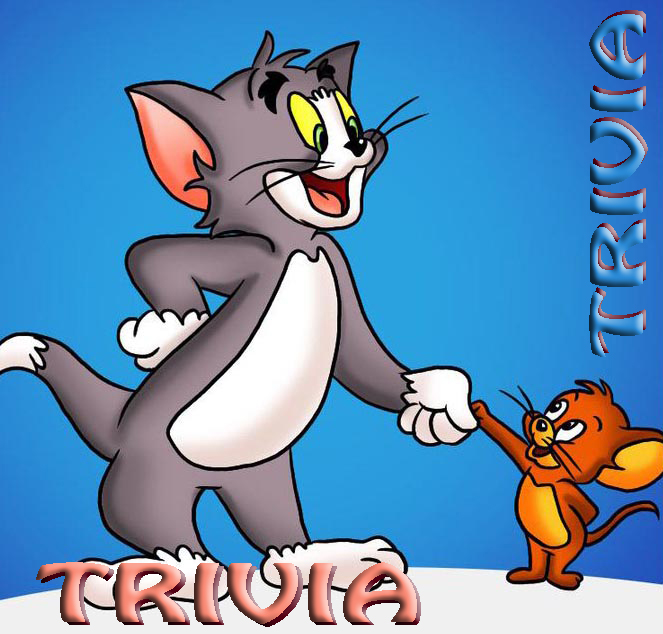
Trivia
● In ancient times strangers shook hands to show that they were unarmed.
● If you get into the bottom of a well or a tall chimney and look up, you can see stars, even in the middle of the day.
● When a person dies, hearing is the last sense to go. The first sense lost is sight.

A Test for People Who Know Everything
Why do the original pressings of the Paul McCartney & Wings album Red Rose Speedway included the words “We love you, baby” embossed in Braille?
● Answer for People Who Do Not Know Everything, or Want to Verify Their Answer Paul McCartney
Answer to Last Week's Test
Divorce is legal in every nation in the world except two. What are the two nations?
Answer: The Philippines and in Vatican City. Foreign Policy

Joke of the Day
The graduate with a science degree asks, “Why does it work?”
The graduate with an engineering degree asks, “How does it work?”
The graduate with an accounting degree asks, “How much will it cost?”
The graduate with an arts degree asks, “Do you want fries with that?”
Pun of the Day
Two Eskimos sitting in a kayak were chilly, so they lit a fire in the craft.
Unsurprisingly it sank, proving once again that you can't have your kayak and heat it too.
























